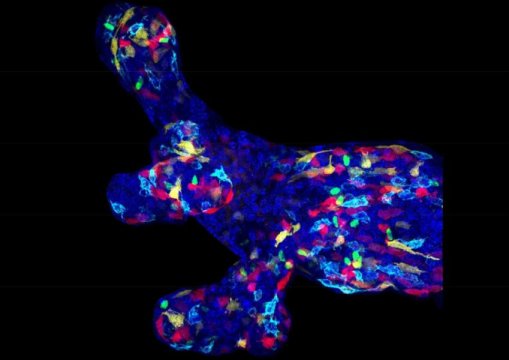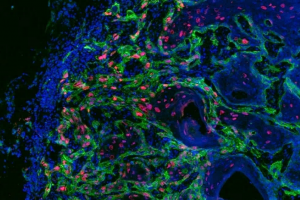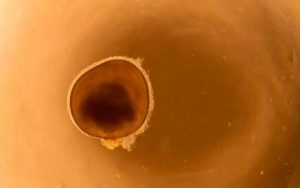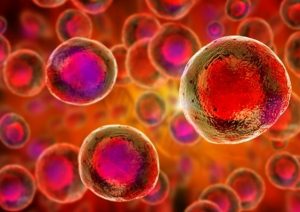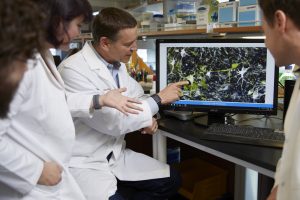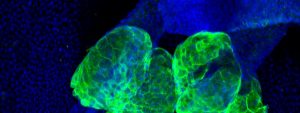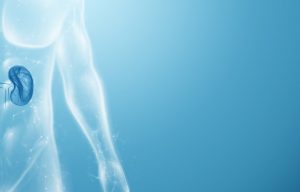Embryonic mammary gland stem cells identified
“The mammary gland is the tissue that produces the milk during lactation, allowing the survival of young mammalian offspring. The mammary gland is composed of two main lineages: the basal cells, which surround the inner luminal cells. The luminal cells can be subdivided into ductal cells, and alveolar cells that produce the milk. The basal cells allow the circulation of the milk from the alveoli to the nipple region through their contractile properties. During pubertal mammary gland expansion and adult life, distinct pools of unipotent stem cells replenish the basal and luminal lineages independently of each other’s. However, it remains unclear how mammary gland initially develops. Are embryonic mammary gland progenitors multipotent, meaning that their progenitors are capable of giving rise to both basal and luminal cells? If so, when does the switch from multipotency to unipotency occur? And what are the molecular mechanisms that regulate multipotency and basal and luminal lineage segregation?
In a new study published in Nature Cell Biology, research team led by Prof. Cédric Blanpain, MD/PhD, WELBIO investigator and Professor at the Université libre de Bruxelles, Belgium, identified the mechanisms that regulate mammary gland development. Using a combination of lineage tracing, molecular profiling, single cell sequencing and functional experiments, Aline Wuidart and colleagues demonstrated that mammary gland initially develops from multipotent progenitors during the early steps of embryonic mammary gland morphogenesis whereas postnatal mammary gland development is mediated by lineage-restricted stem cells.
To understand the molecular mechanisms regulating multipotency during embryonic development, the researchers developed a novel strategy to isolate embryonic mammary gland stem cells, and assessed for the first time their molecular features using single cell sequencing in collaboration with Thierry Voet group, KUL/Sanger Institute. Interestingly, only embryonic mammary gland progenitors and not adult cells, expressed a hybrid transcriptional signature comprising markers for both luminal and basal lineages, explaining their multipotent fate at this stage of embryonic development.”
Read more: https://www.sciencedaily.com/releases/2018/05/180522123321.htm

